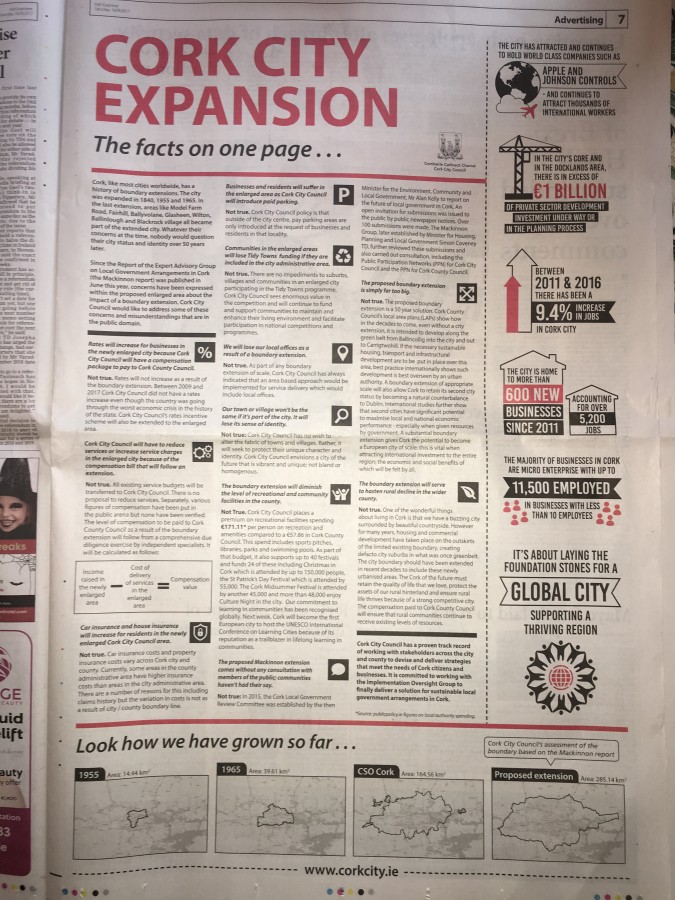Cllr McCarthy to stage Songs from the Heart, An Evening of Musical Theatre
Cllr Kieran McCarthy directs Cork City Musical Society’s “Songs From the Heart, An Evening of Musical Theatre” at the Firkin Crane on Sunday 24 September at 8pm. The Musical Director is Michael Young and the producer is Yvonne Coughlan of Red Sandstone Varied Productions. Tickets are e15 and are online at www.firkincrane.ie
This is Cork City Musical Society’s fourth outing having staged the musical Crazy For You in 2016 and Dreams of the Soul and Sweet Charity in 2015. Founded by Cllr Kieran McCarthy in 2015, it was years of performing in shows and being involved in community work that led Kieran to create the musical society.
Cllr McCarthy advocates that Cork City is vibrant in drama education, various musical genres, musical theatre and all forms of opera, all of which are brought to the Cork masses through stage schools and theatres.
“It goes without saying that a rich vein of musicality runs underneath our city, Cork’s DNA embraces the promotion and development of music as an artistic discipline to be developed and one that brings a community together to engage with and appreciate it. The city in musical theatre terms is particularly blessed by several stage schools, small and large, who promote amongst our young people creativity, skill development, education, performance, community building and audience development, and the charity of sharing their craft, amongst other important traits'”.
“Amateur musical societies are multiple in nature up and down the country. All bring their local communities together under a volunteer and charity umbrella – collaborating and bringing people together to create an outlet for people and to put drama, music and all ultimately form a key cultural vein within towns and villages'”.
“The city proudly can boast being an ongoing European Capital of Culture. Many personalities and more have done so much for music and drama education over many years in the city. All inspire and forge a sense of community, charity of heart, togetherness and education, skill building and lifelong learning approaches”.
Continuing Cllr McCarthy highlighted that Cork City Musical Society in particular “focuses on the aspect of community building and the promotion of musical theatre amongst adults and the idea of inclusivity and self-development for all who wish to engage with it”.
